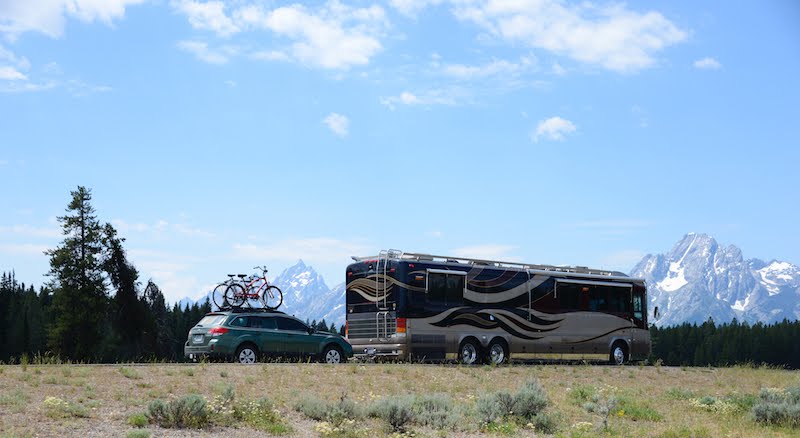We took a scenic drive on Friday, April 5th and arrived at the North entrance to Crater Lake National Park around 11am. Of course we headed straight for the first overlook.
Crater Lake is BLUE, incredibly big and BLUE. The road that takes you around the rim of the lake offers beautiful views with interesting facts about the lake and the park. Here are a few cool things we'd like to share:
How Crater Lake came to be -
The basin that eventually became Crater Lake formed when a volcano called Mt Mazama erupted and collapsed 7,700 years ago. The volcanic basin, called a caldera, eventually filled with water and became crater lake. Mt Mazama was estimated to be around 12,000 feet tall, the rim of the caldera now ranges from 7000 - 8000 feet.
It’s Deep -
Bottoming out at over 1,900 feet, Crater Lake is the deepest lake in the Americas. It is the ninth deepest lake in the world. There are no feed rivers or springs, the water level is maintained by precipitation, evaporation, and seepage. This helps to explain the water’s clarity and extremely blue appearance.
Why the surface is so blue -
Pure H2O - Just plain water with no sediments, algae, pesticides or pollution, will absorb all the colors of the spectrum except the blues. These shortest wavelengths will bounce around and back, making the water appear blue. There are 4.6 trillion gallons of water in the lake, so there are a lot of water molecules to bounce off of.
What lives in the lake -
Very little. Fish are not native to the lake. They were introduced in the lake from 1888-1941. Six species were originally stocked, but only two have survived: Rainbow Trout and Kokanee Salmon. Because they are not native to the lake, fishing is not only allowed, it's encouraged. No license is required and there is no limit on how many fish you may catch - the only rule is that you must use artificial bait and you can’t throw fish back (for you catch and release fans). Yes, Robin fished. No, she did not catch anything... it was almost worth the climb (see below).
Snow in July -
The park is snow-covered from October through June, but with an average annual snowfall of 44 feet, snow can stick around through July. The last time the lake's surface was completely frozen was 1949, though it came close to a total freeze in 1985.
Getting to the lake -
The only place you can actually get to the water is by hiking Cleetwood Cove trail. The trail is 700 feet down and the hike is about 1 mile, one way (lots of fun switch backs at up to an 11% drop). The reward is you get to touch the water, swim, and even fish. You can also go on a boat ride to Wizard Island and back. We were surprised to see so many walking the trail. It is an easy walk down but the climb back up is a challenge for most people. A fair bit of shade and benches along the way ease the pain. It’s like climbing 60 flights of stairs.
Other Cool stuff -
Crater lake has a castle (volcanic pumice), a phantom ghost ship (pinnacle rocks in water), a wizard island (named after its "wizard hat" shape, not magical qualities), and an "old man" tree that has been floating around the lake for over 100 years. Lots more cool features described here.
Our first impression of Crater Lake was “Wow! what a beautiful place,” but after peering over the rim for the 20th time our response was “Look, a blue lake and there’s that wizard thingy again.” Still, it is a sight not to be missed and a park we will never forget.
Crater Lake national park gets half a million visitors each year.
Finally, here's something fun from a terrible movie "The Crater Lake Monster", released in 1977"
More of our photos here: Crater Lake







No comments:
Post a Comment
Thanks for commenting!